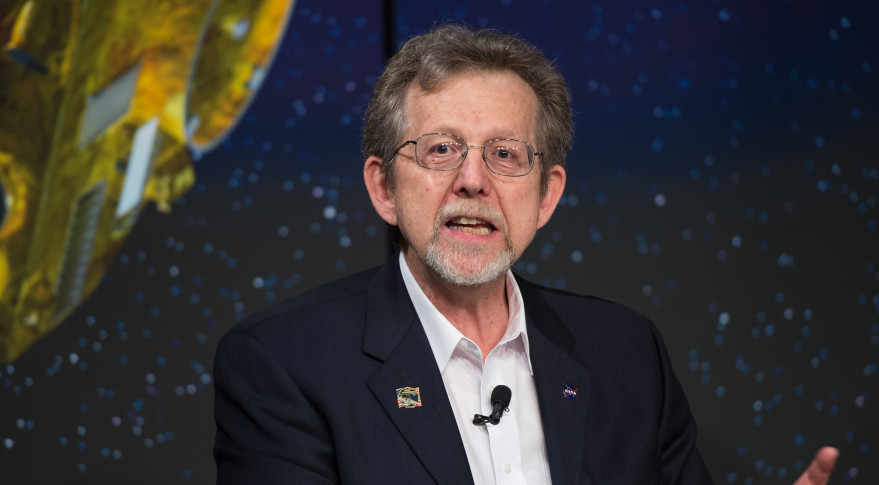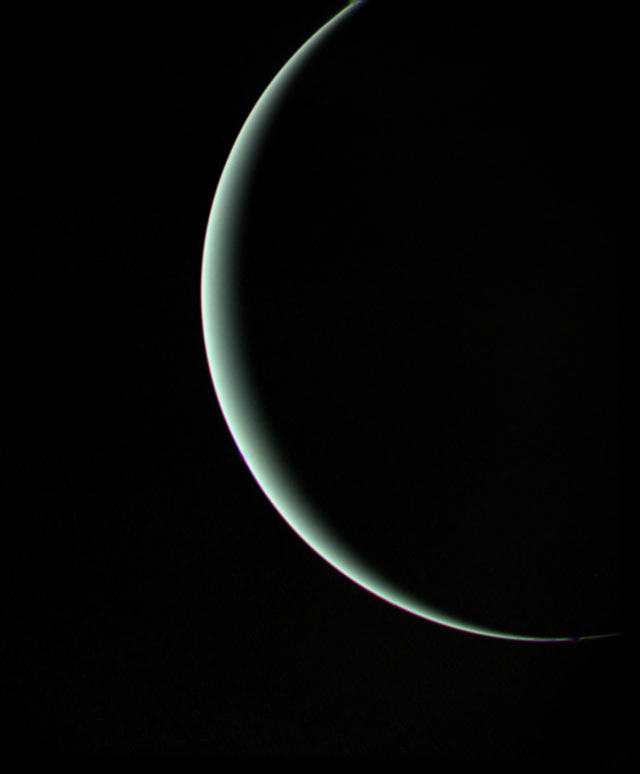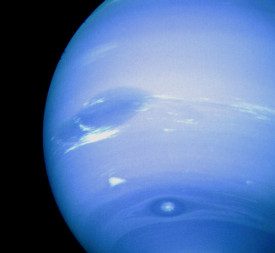
LAUREL, Md. — NASA began an early feasibility study for missions to the distant, mostly ignored ice-giants Uranus and Neptune, a senior agency official said here Aug. 24.
"I've asked [the Jet Propulsion Laboratory] to initiate an ice giant study," Jim Green, NASA's director of planetary science, said during a presentation to the agency-chartered Outer Planets Assessment Group, which met at the Johns Hopkins University Applied Physics Laboratory here.
The study will run "at least a year" once JPL, Pasadena, California, stands up what is known as a science definition team, Green said. He advised scientists here who are interested in participating on the team to watch for a formal announcement NASA will publish "soon."
Green assigned a cost cap of $2 billion in fiscal year 2015 dollars to either orbiter mission.

The study is a long way from a NASA commitment to send a probe to either Uranus or Neptune: Largely unexplored bodies planetary scientists have long desired to observe more closely.
No NASA mission to the ice-giants would launch until the late 2020s or 2030s; the JPL-led study is intended to inform the planetary science community as it prepares to write its next 10-year science roadmap, or decadal survey, that will be published by the National Research Council around 2022, Green said.

Green said the JPL team will answer very preliminary questions: A mission's addressable science objectives; required technology development; and whether the objectives are realistic given NASA's budget outlook and short supply of nuclear power systems. Green said a nuclear power source would be needed for any Uranus or Neptune mission.
Get the Space.com Newsletter
Breaking space news, the latest updates on rocket launches, skywatching events and more!
Before NASA mounts a mission to either planet, Uranus and Neptune will again have to receive the planetary science community's endorsement as top destinations in the 2022 decadal.
"I'm sure they will," Green said. "They're very worthy."
NASA's Voyager 2 is the only spacecraft ever to get anywhere near Uranus and Neptune. The spacecraft snapped closeups of Uranus in 1986, and of Neptune in 1989.
This story was provided by SpaceNews, dedicated to covering all aspects of the space industry.
Join our Space Forums to keep talking space on the latest missions, night sky and more! And if you have a news tip, correction or comment, let us know at: community@space.com.
Dan Leone is an editor and reporter for the ExchangeMonitor Publications covering the Department of Energy and Department of Defense nuclear weapons programs. From 2011 to 2016, Dan was the NASA reporter for the space industry publication SpaceNews, where he covered U.S. space agency policy, news and missions. He also produced the SpaceGeeks podcast showcasing interviews with space industry professionals. Dan earned a bachelor's degree in public communications from American University. You can find his latest project on Twitter at @leone_exm.










